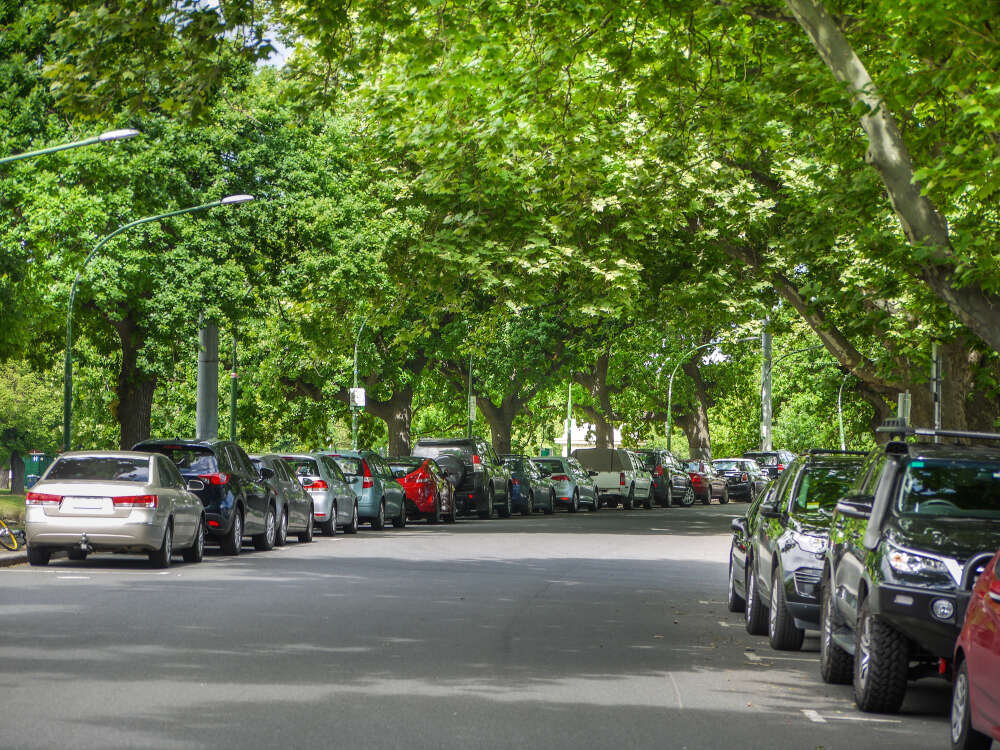
A report published in the journal npj Urban Sustainability on Monday highlighted the “considerable potential” to convert car parking spaces in Melbourne’s central business district (CBD) into green space.

With Melbourne’s population growing 18% faster than that of Sydney, it is expected that it will become Australia’s largest city by 2050. Given that Melbourne was originally designed to have a ‘conventional’ parking model with plenty of street parking, this is likely to mean greater demand for parking spaces and an expectation that residents and visitors will be able to find on-street parking.
However, rapid development has put considerable pressure on the urban forest. Though steps have been taken to protect biodiversity, these strategies will be dependent on the creation of additional new green areas.
Can Melbourne’s parking be repurposed?
One solution, as the report explained, is the conversion of on-street parking into underutilised off-street garages. The study looked at what would happen if 23,500 street parking spaces were reallocated into garages, and found that in every scenario modelled, there is “substantial opportunity to convert parking into biodiverse green space”. Indeed, depending on the solution, there were between 3,146 and 11,668 redundant on-street parking spaces in the CBD — which translates to as much as 47% of the total parking spaces in the city centre.
If these spaces could be transformed into green space, the study estimates that it would increase the city’s current tree canopy coverage (which stands at 254 hectares) by approximately 31–59 hectares, helping to support natural species and encourage wildlife. This would also be a significant step towards the city’s existing goal of achieving 40% tree canopy cover across public land by 2040 — the study estimates that it would provide up to one-third of the cover required by the target date. This would likely bring tangible benefits for Melbourne’s residents by encouraging physical activity and improving mental well-being. And, as the report noted, “converted parking spaces created key habitat stepping-stones” for one species of bee, as well as the honeyeater bird — both native to Australia.
Despite the benefits, the study notes that “prevailing approaches have prioritised private car parking and, as a result, the politics of on-street parking remain contentious in many cities, including Melbourne”. As a result, there would likely be strong opposition, particularly from those who are used to the convenience of street parking. This, along with the costs and labour required to convert on-street spaces, could mean that it may be some time before any major changes.
[Read more: Cost concerns could harm Melbourne’s airport rail project?]






